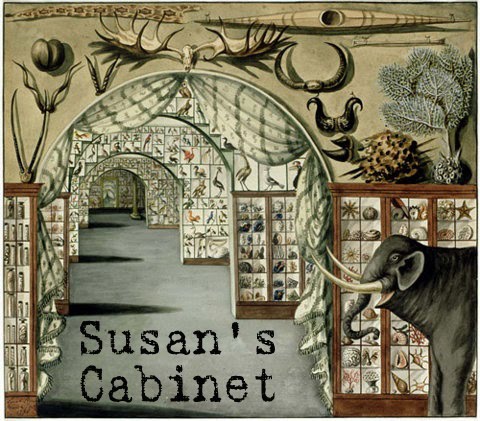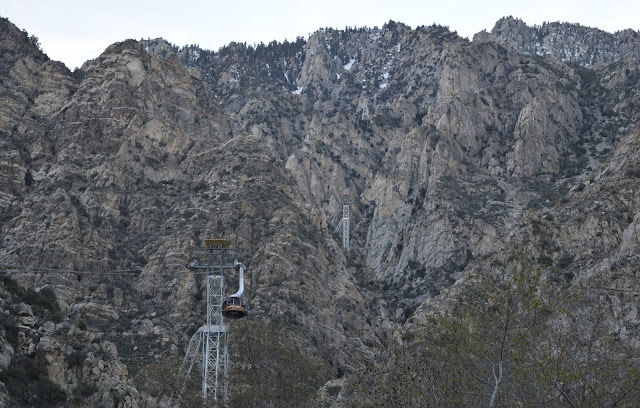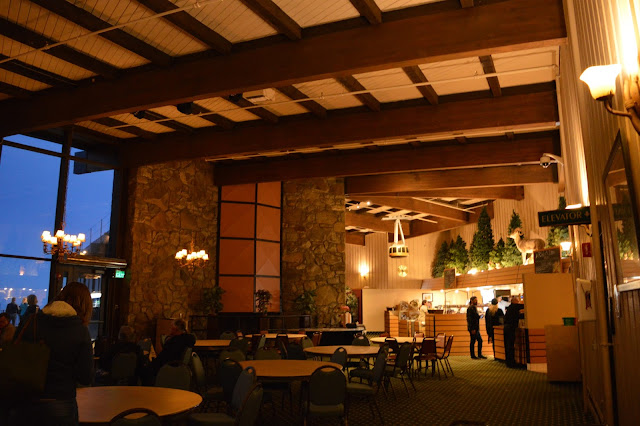 |
View of Palm Springs from the
|
Here are some more examples of fabulous midcentury modern architecture in Palm Springs:
 |
Originally the City National
Bank, inspired by Le Corbusier’s chapel in
Designed by Victor Gruen Associates, 1959
|

William F. Cody (1916-1978)
was another of the Palm Springs-based architects who created the Desert Modern
style. His work included homes, hotels, country clubs, churches, restaurants,
schools, office buildings, and a library. He was born in Ohio ;
his family moved to California
 |
This design by William F.
Cody, 1947, won an American Institute of Architects prize.
|
 |
Glass House by William F.
Cody, 1967 - You can't see much from the street. Next time I need to fork over the money for the interior tours during Modernism Week!!
|
 |
Glass House photo from CaliforniaHome+Design
|
 |
| Franz Alexander House by Walter S. White, 1954 |
 |
| Merito Manor Condos, by Barry Berkus, 1961 |
 |
| Checkout that doorknob plate! |
 |
My last bit of architectural sightseeing was at the Tramway: the Valley Station and the Mountaintop Station. The last time I rode on the Tramway was in 1992, but even then I didn't notice the architecture. Now, I went just to see the architecture (and the bonus of gorgeous sunset and evening views, along with the opportunity to see some snow).
The tram was opened in 1963.
It is a 10-minute ride from the Valley Station
at an elevation 2,643 ft to the Mountain Station at 8,516 feet. Before the
construction of the tramway, the only way to get to the cooler temperatures of
the Alpine forest at the top of Mt. San Jacinto (one of the sheerest mountain faces in America
The same two Swiss-built tram
cars were used from 1963 to 2000; they are now on display in the parking areas.
I had heard there were new cars, but what I didn’t know was that these new cars
are circular and the floors rotate 360 degrees (twice) during the ride to
provide views in all directions. They are 18 feet in diameter and hold 80
passengers. There are only three such rotating aerial trams in the world and
this is the largest (the others are in South
Africa and Switzerland
The Valley
Station was designed by Albert Frey. A plaque reads, “The
bridge-like structure straddles a gully, allowing water, and the occasional
boulder, to pass underneath without damaging the building. The walls of glass
offer a view of the mountain. The interior ceiling is of perforated and
corrugated aluminum, a trademark of Frey’s work.”


The Mountain Station was
designed by E. Stewart Williams in 1961.













No comments:
Post a Comment